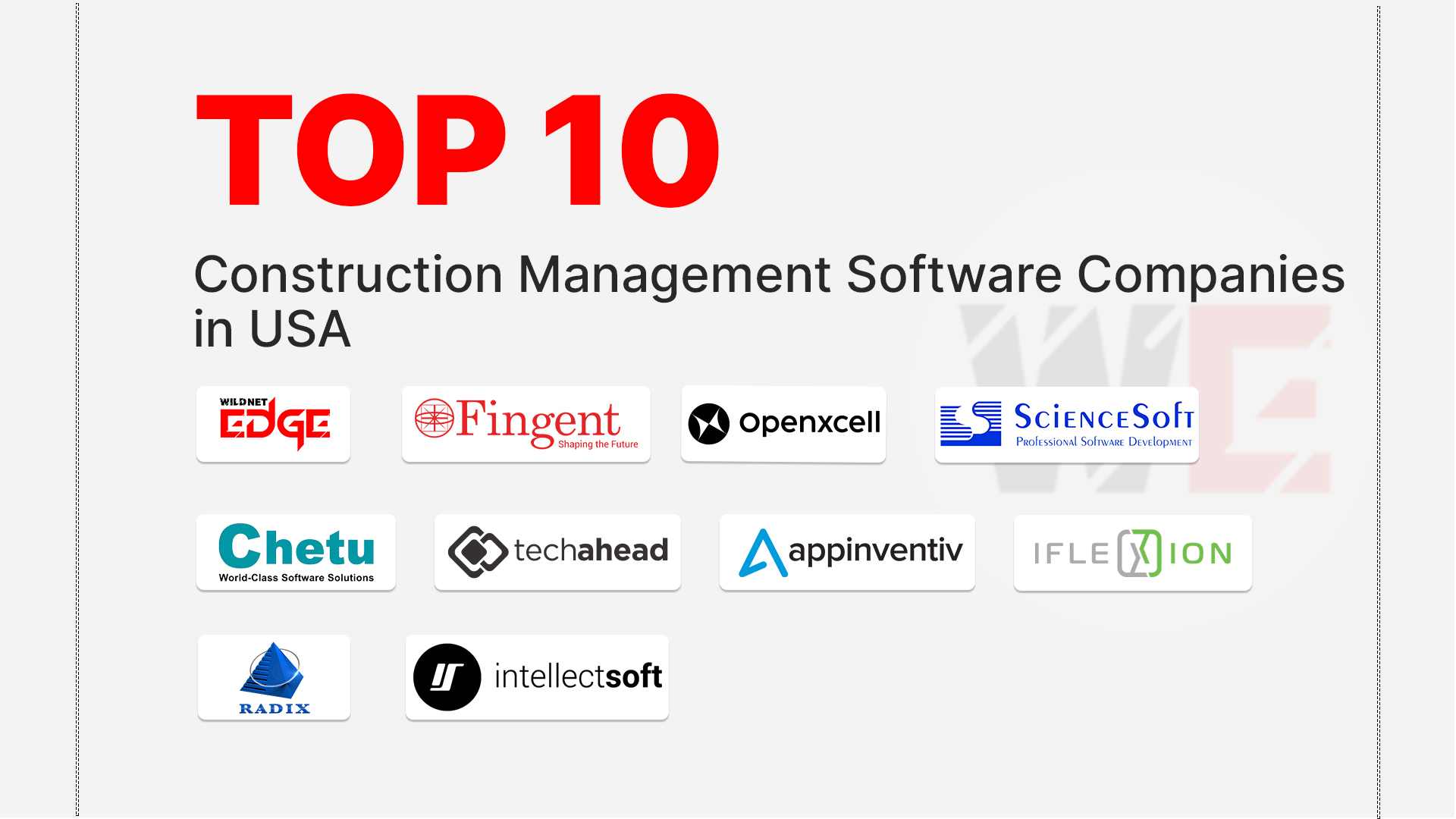Are you struggling to decide between Apache Kafka vs RabbitMQ for your messaging system needs? Understanding the right tool can be overwhelming, given the unique strengths of both systems. In this blog, we will break down the features, pros, and cons of each system to help you make an informed decision. Whether your focus is on high throughput, flexibility, or ease of use, we aim to provide insights tailored to your specific requirements.
Overview of Messaging Systems
What Are Messaging Systems?
Messaging systems are software infrastructure designed to facilitate communication between discrete applications or components, allowing them to exchange data in real-time. They serve a crucial role in modern applications, enhancing their scalability, reliability, and performance. Messaging systems decouple producers and consumers, enabling each component to operate independently and asynchronously. This independence crucially supports failover capabilities, load balancing, and improved system design, benefiting various industries including finance, e-commerce, healthcare, and telecommunications.
For instance, consider a retail application that updates inventory levels in real-time as transactions occur. A messaging system ensures that the inventory management and sales interfaces can operate seamlessly despite potential latency or operational challenges. This is just one example of how messaging systems improve performance and responsiveness in different environments.
Key Features of Messaging Systems
When selecting a messaging system, certain core features should be prioritized:
- Scalability: The ability to handle increased loads by adding more resources without disruption.
- Reliability: Ensuring message delivery even in adverse conditions, such as system failures or network issues.
- Performance metrics: Assessing throughput, latency, and response time helps determine a system’s efficiency.
- Asynchronous communication: Messages can be sent and processed independently, allowing for more efficient resource utilization.
Choosing the right messaging system involves evaluating these features against the specific needs of your application and operational environment.
Apache Kafka Explained
Key Features of Apache Kafka
Apache Kafka is a distributed event streaming platform capable of handling real-time data feeds with remarkable efficiency. Below are some of its key features:
- Stream processing capability: Kafka natively supports stream processing, enabling data to be processed in real-time, making it ideal for applications that require immediate insights.
- Fault tolerance: Kafka achieves high durability and availability through a distributed architecture. Data is replicated across multiple brokers, minimizing the risk of data loss.
- Data durability: Messages in Kafka can be retained for an extended period, allowing for reprocessing and later consumption.
- High throughput: Kafka is designed for high throughput, capable of processing vast amounts of messages per second, which is crucial for applications dealing with big data.
These features make Kafka a popular option for organizations looking to build scalable, robust systems focused on data analytics and event-driven architectures.
When to Use Apache Kafka
Kafka is best suited for scenarios where high volume and real-time performance are critical. Here are some use cases:
- Real-time data analytics: If your application requires immediate feedback from large volumes of streams, Kafka excels in processing and analyzing that data as it arrives.
- Event sourcing: Kafka’s append-only log structure makes it ideal for event sourcing architectures where each state change is stored as an event.
- Scalability needs: Organizations anticipating rapid growth or fluctuating traffic would benefit from Kafka’s ability to seamlessly scale.
- Integration with big data tools: Kafka integrates well with popular big data technologies like Apache Hadoop, Apache Spark, and Apache Flink, making it essential for data engineering pipelines.
Choosing Kafka is particularly advantageous when dealing with complex event-driven systems that demand low latency and high throughput.
RabbitMQ Explained
Key Features of RabbitMQ
RabbitMQ is a robust open-source message broker that features a variety of characteristics tailored for flexible messaging. Its key features include:
- Message queuing capabilities: With RabbitMQ, messages are stored in queues until processed by consumers, ensuring that messages are not lost even if the consumer is down.
- Flexible routing: RabbitMQ supports various routing protocols and strategies, allowing developers to define how messages are distributed to consumers.
- Support for multiple protocols: RabbitMQ is not limited to AMQP. It supports various protocols including MQTT and STOMP, making it versatile for different applications.
- Clustering options: Clustering allows you to set up multiple RabbitMQ instances that operate together as a single unit, improving reliability and throughput.
These features make RabbitMQ a compelling choice for applications requiring greater control over messaging patterns and workflows.
When to Use RabbitMQ
RabbitMQ shines in scenarios where flexibility and reliability are paramount. Here are specific use cases:
- Traditional messaging needs: If your application involves straightforward message queuing, RabbitMQ is a reliable option due to its robust queuing mechanisms.
- Workload balancing: RabbitMQ’s server can route messages based on load, helping to evenly distribute work across consumers, which is particularly useful in microservices architecture.
- Microservices architecture: With its support for various messaging patterns, RabbitMQ fits naturally within microservices environments, enabling components to communicate effectively.
- Need for complex routing: If your application needs sophisticated routing logic (e.g., directing messages based on content or recipient), RabbitMQ’s exchange types (direct, topic, fanout) provide this flexibility.
Choosing RabbitMQ makes sense for organizations that value customization and integrated workflow management in their messaging systems.
Performance Comparison: Kafka vs RabbitMQ
Throughput and Latency
Performance metrics such as throughput and latency are critical when comparing Kafka and RabbitMQ.
- Metrics for comparison: Throughput refers to the number of messages processed in a given timeframe, while latency is the time taken for a message to travel from producer to consumer.
- Kafka’s advantages in high throughput: Kafka remarkably handles high-throughput scenarios, processing millions of messages per second with acceptable latency levels. Its architecture, designed for efficient data handling across multiple consumers, contributes to its performance prowess.
- RabbitMQ’s latency performance: While RabbitMQ’s throughput does not match Kafka’s, it offers low latency, particularly suitable for applications requiring immediate message delivery even under lighter workloads. RabbitMQ can be fine-tuned to prioritize message delivery speed, making it a choice for use cases where latency is more critical than sheer volume.
Ultimately, the best system will depend on the specific performance requirements dictated by your application architecture.
Scalability and Load Handling
Analyzing how each messaging broker handles scalability and load management is essential for long-term application performance.
- How Kafka handles scaling: Kafka scales effortlessly by adding more broker nodes to a cluster. Each partition of a topic can be distributed across these brokers, improving read and write performance proportionally to the number of nodes.
- RabbitMQ’s approach to load management: RabbitMQ can also handle increased loads by clustering multiple instances. However, RabbitMQ typically requires more manual configuration to achieve optimal performance during scaling.
- Real-world examples of performance: Companies such as LinkedIn, which rely on Kafka for massive event processing, exemplify the effective use of Kafka in high-load environments. In contrast, a company like Mozilla uses RabbitMQ to manage its scalable delivery of messages in their web apps and services, demonstrating the diverse applicability of both systems in various operational contexts.
Understanding these differences helps organizations strategically choose which tool aligns best with their operational demands.
Pros and Cons of Apache Kafka and RabbitMQ
Advantages of Apache Kafka
When examining the strengths of Kafka, several key advantages are evident:
- Strengths in large data architectures: Kafka is tailor-made for big data scenarios, handling vast amounts of data seamlessly, making it a favorite among data engineers.
- Benefits for real-time processing: Its robust stream processing capabilities mean that applications needing real-time insights are well-served by Kafka.
- Community and ecosystem support: With its growing popularity comes extensive community support and an evolving ecosystem of integrations and tools, making it easier for teams to leverage Kafka.
Organizations seeking to innovate and expand their event-driven architectures will find Kafka’s advantages compelling.
Advantages of RabbitMQ
In addition to its flexibility and user-friendliness, RabbitMQ offers several advantages:
- Strengths in flexibility and ease of use: RabbitMQ’s design allows developers to implement various messaging patterns without a steep learning curve.
- Well-suited for specific applications: Its capabilities are particularly beneficial for applications needing reliable message delivery with complex routing requirements.
- Widely adopted with extensive documentation: A large user community means extensive documentation and support resources are available, aiding in troubleshooting and feature utilization.
For teams prioritizing flexibility and control, RabbitMQ presents an advantageous option.
Decision Factors for Choosing a Messaging System
Use Case Considerations
When selecting between Kafka and RabbitMQ, several use-case factors must be deliberated:
- Identifying your application needs: Assess whether your application primarily demands real-time data processing or reliable message delivery.
- Scalability vs. simplicity: If your project anticipates growth, Kafka’s scalability might be crucial. However, if you need a simpler solution for straightforward messaging, RabbitMQ may be preferable.
- Long-term vs. short-term solutions: Establish the longevity of your project. Choose a system that not only meets current demands but is also scalable for future growth.
Decision-making in this arena requires careful thought about your specific messaging requirements and expected load characteristics.
Community and Support Factors
Community support and documentation play significant roles in the ease of implementation and sustainability:
- Access to resources: Both platforms boast active communities, but the availability of resources can differ. Examine forums, documentation, and community contributions to gauge the assistance you can expect.
- Development community sizes: Larger communities often translate to more third-party tools and integrations, facilitating easier implementation and troubleshooting.
- Documentation quality: High-quality, comprehensive documentation can ease the learning curve associated with adopting new technologies.
Making an informed decision that weighs these factors can optimize your application development process.
Conclusion
In choosing between Apache Kafka vs RabbitMQ, consider your application’s specific needs. While Kafka excels in handling large-scale real-time data streams, RabbitMQ offers flexibility for traditional messaging and complex routing. Trust in Wildnet Edge to provide additional guidance on selecting the best messaging system for your business. Evaluating your unique operational requirements, expected load patterns, and community support will steer you toward a solution tailored to your goals.
FAQs
Q1: What is the main difference between Apache Kafka and RabbitMQ?
The key difference lies in Kafka’s strength in real-time data processing and high throughput, while RabbitMQ focuses on flexible message queuing and routing.
Q2: Which messaging system is better for microservices: Kafka or RabbitMQ?
RabbitMQ is often preferred for microservices due to its lightweight implementation and superior support for various messaging patterns.
Q3: What are the performance metrics for Kafka vs RabbitMQ?
Kafka generally offers higher throughput and lower latency, whereas RabbitMQ provides more reliable message delivery under lighter workloads.
Q4: When should I choose Apache Kafka over RabbitMQ?
Choose Kafka when dealing with large volumes of real-time data and complex streaming needs.
Q5: What is the learning curve for RabbitMQ compared to Kafka?
RabbitMQ typically has a gentler learning curve, making it easier for teams new to messaging systems.

Nitin Agarwal is a veteran in custom software development. He is fascinated by how software can turn ideas into real-world solutions. With extensive experience designing scalable and efficient systems, he focuses on creating software that delivers tangible results. Nitin enjoys exploring emerging technologies, taking on challenging projects, and mentoring teams to bring ideas to life. He believes that good software is not just about code; it’s about understanding problems and creating value for users. For him, great software combines thoughtful design, clever engineering, and a clear understanding of the problems it’s meant to solve.
 sales@wildnetedge.com
sales@wildnetedge.com +1 (212) 901 8616
+1 (212) 901 8616 +1 (437) 225-7733
+1 (437) 225-7733































